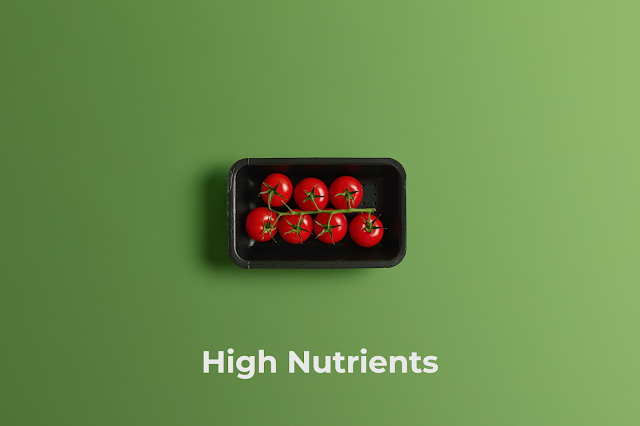Other than just providing vitamins and minerals, these foods also provide many other nutrients—vitamins A, B, C, E, K, B1, B2, B3, B5, B6, N, P, and R. In fact, the USDA states that, “The foods listed here all contain significant amounts of these nutrients,” which means a whole lot of health benefit can be found from eating these ten foods.
Bitter gourd leaves – (1 cup daily)
Bitter gourd has been a staple part of Chinese culture for centuries. It is one of its most common ingredients in cooking, especially during summer. In China, bitter gourd contains sulfur and phosphorus, both of which are minerals that are essential for muscle function. These two minerals have been linked to reducing inflammation as well as improving insulin resistance and glucose tolerance.
According to study results, consumption of bitter gourd could lower blood pressure, reduce cholesterol, improve HDL levels, increase potassium absorption, help prevent kidney stones and promote weight loss. Additionally, bitter gourd appears to have antioxidants that fight oxidative damage. This vitamin-bearing vegetable has long since been cultivated by farmers throughout Asia because it can be grown year round without seasonal fluctuations. With an average lifespan of more than five decades, this plant is a versatile ingredient that’s easy to store and take with you for any occasion. If you’re trying to make a special meal or snack dish, there’s nothing short of pure flavor! The taste profile matches what you would find at your local grocery store. Bitter gourd is also useful in soups and sauces because this vegetable can enhance flavors like ginger and garlic, making dishes even better.
Bananas – (2/3 cup daily)
Bananas are rich in fiber, potassium, and magnesium. Potassium is essential to proper kidney functioning. Bananas also contain soluble fiber to support bowel function. However, no matter how much dietary fiber a person may consume, they will eventually get their desired effect when the gastrointestinal tract becomes impaired. When eaten raw, bananas are great and effective at absorbing excess water as well as maintaining normal water levels. Also, when added to smoothies, they make for a tasty treat perfect for hot beverages and desserts. Add bananas to drinks such as lemonade, lemonade tea, or green tea. You can also make yogurt by consuming them in place of sugar that makes the drink thicker and darker, which helps retain moisture in the body and prevents overhydration.
Kraisins – (½ cup daily)
Kraisines are a type of fruit that was native to North Africa, but they were introduced into Europe by the Greeks. These little orange orange pods are made up of a sweet, white pulp, giving them a fruity, slightly tart flavor. They’re considered the best source of natural sweetness. Kraisines also feature citrullus, which is known to aid digestion and help relieve symptoms associated with constipation. Each pound of kraisine gets a small serving of fiber as well as a good measure of protein and calcium.
Blueberries – (4 cups daily)
Blueberries are a rich source of vitamins, minerals, and antioxidants. Blueberries have a strong antioxidant profile and have been used as a remedy for colds, headaches, skin cancer, heart disease, and many other ailments. In addition to being low in calories, blueberries are packed with fiber and are low in sugar. Most people know about blueberries since they are a popular breakfast treat. Blueberries are very popular for their blue color and are available fresh and frozen. There are three varieties of blueberry, including blackberries, raspberries, and blueberries. Some types may be sweeter and others are less so. Blackberries are considered to be healthier than typical berries. In addition to being sweet, there is a thin coating of anthocyanin in the blueberries that may be beneficial for eye health and skin. One tablespoon of fresh juice contains approximately 2 grams of fiber which aids digestive system health. Plus, blueberry juice contains caffeine and some studies have found the anti-cancer properties of blueberries to be comparable to those of red wine and caffeinated teas.
Cherries – (1 cup daily)
Grapefruit – (4 cup per day)
Bell peppers – (½ cup daily)
Bell peppers are among the most nutrient-dense foods on the planet. Due to how thick and tasty they are, bell peppers are often blended into various recipes and served as a topping when preparing entrees. Bell peppers can go pretty deep in terms of nutritional value, but they typically remain fairly low in saturated fat as compared to tomato peppers. An ounce of boiled green peppers costs only around 15 cents while a single pepper can serve as a filling treat in between meals. Although peppers come in many shapes and sizes, there are two varieties available: pink and red. Both varieties contain lots of color, mostly related to the color of the pepper itself. On the other hand, both varieties can fall easily into the category of super foods. Peppers tend to come in multiple forms, but all are commonly recognized as the Mexican spiciness that comes with guacamole.
Watermelon – (½ cup daily)
Tomatoes and peppers – (1 cup daily)
Tomatoes are incredibly nutritious and have become so popular due to their popularity as a snack. Tomatoes are not only rich in vegetables of the rainbow—they are loaded with numerous health-promoting nutrients. Tomatoes are also among the world’s top sources of lutein, zeaxanthin, carotene, beta-cryptox






0 Comments